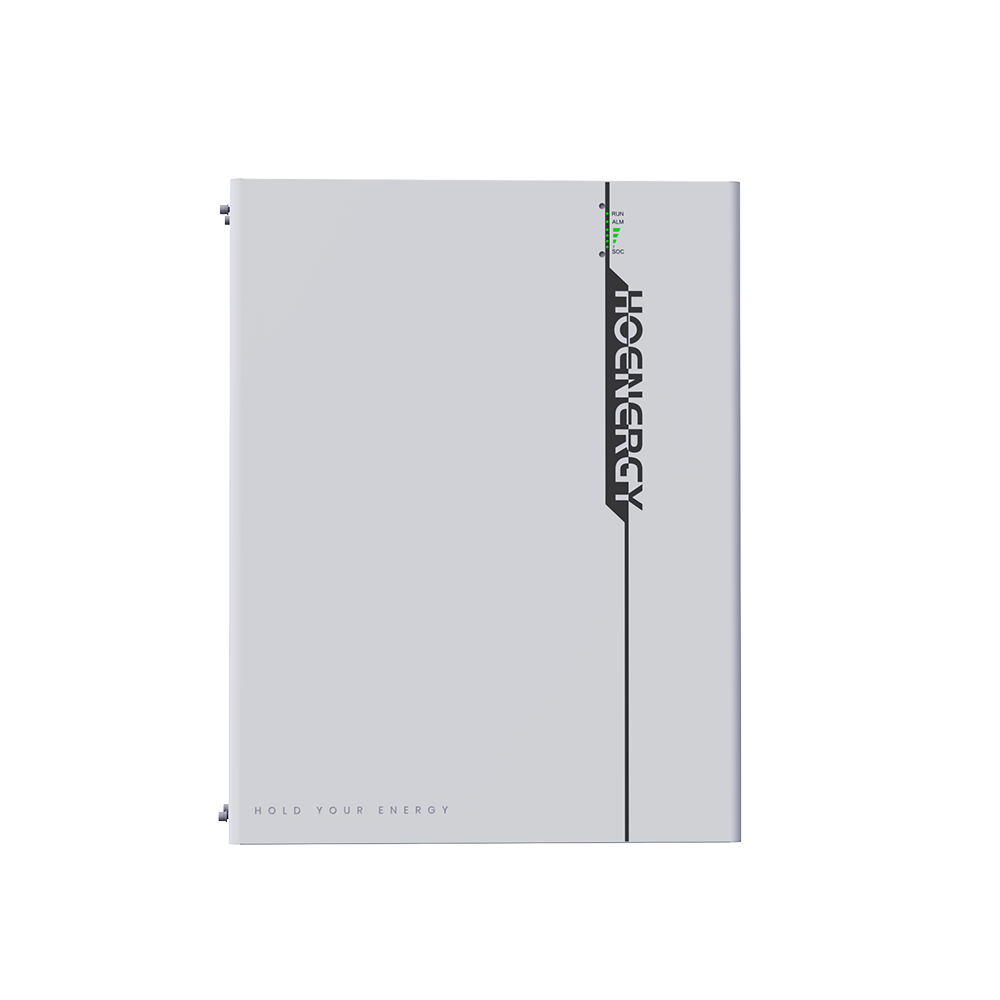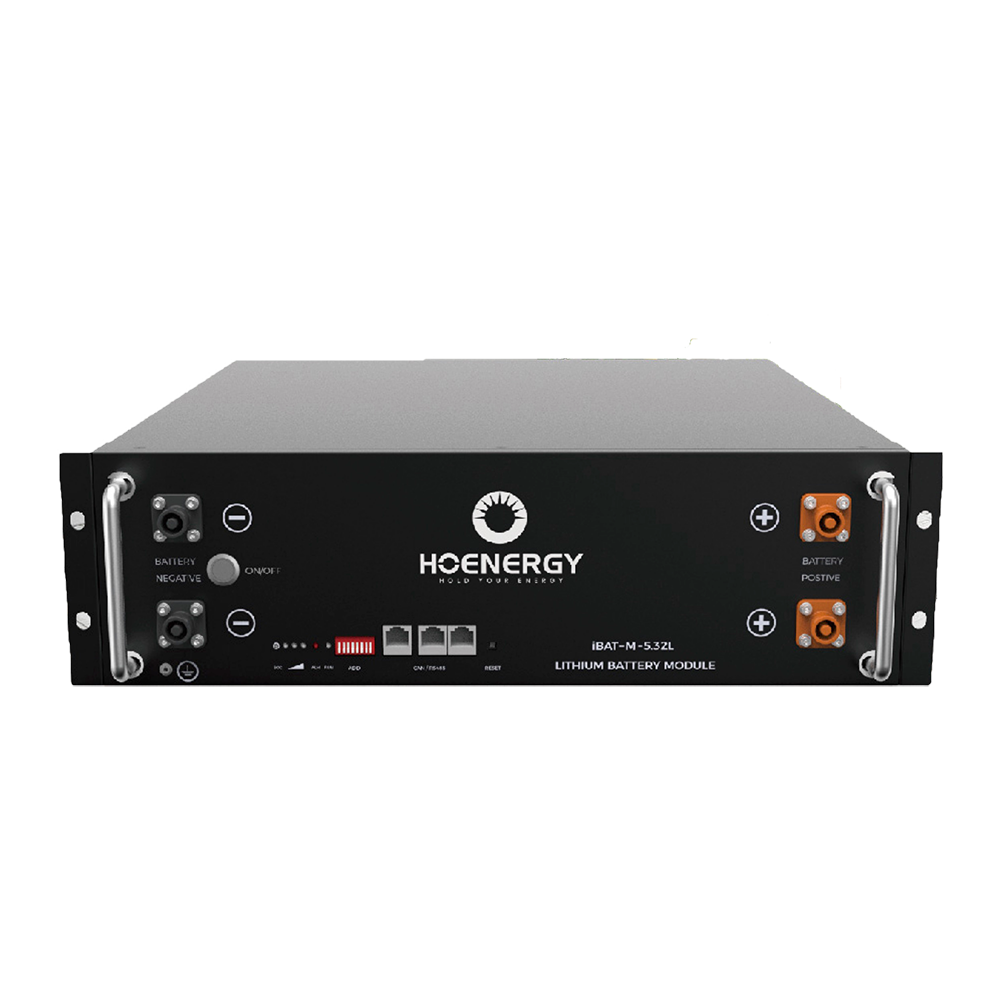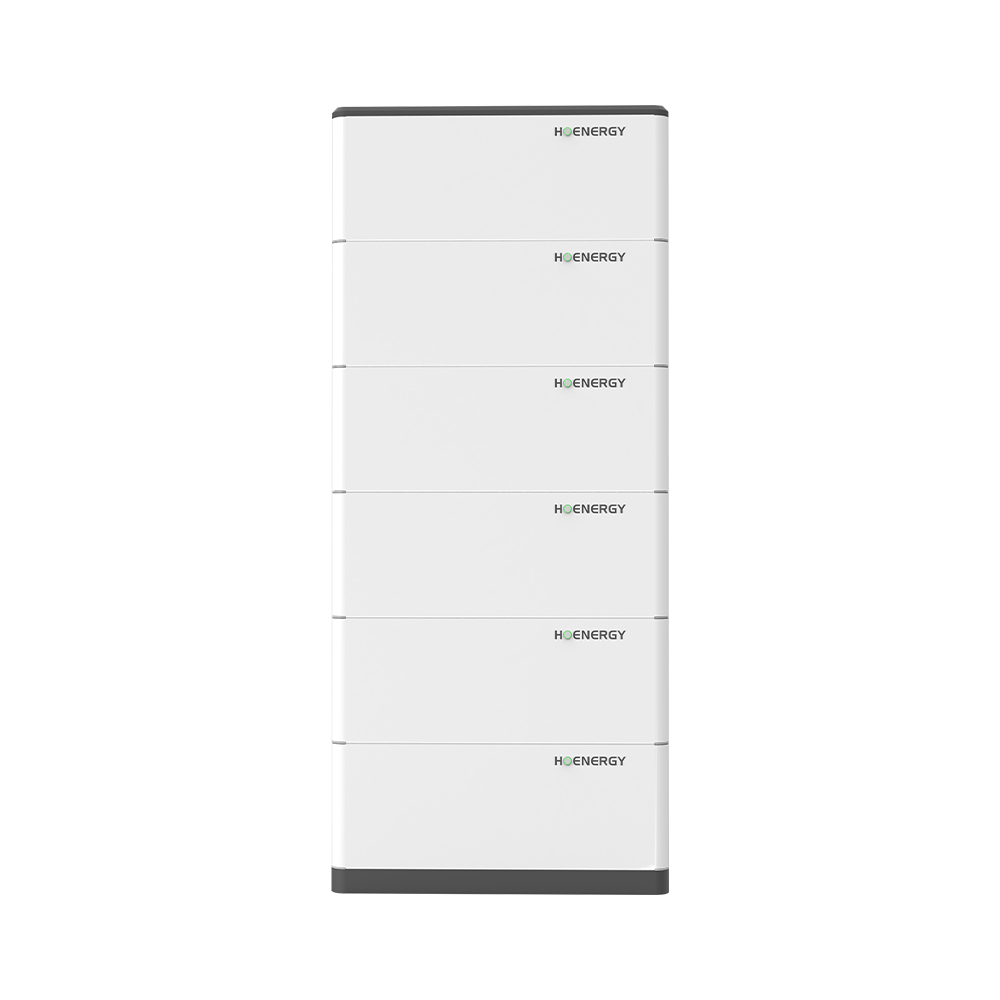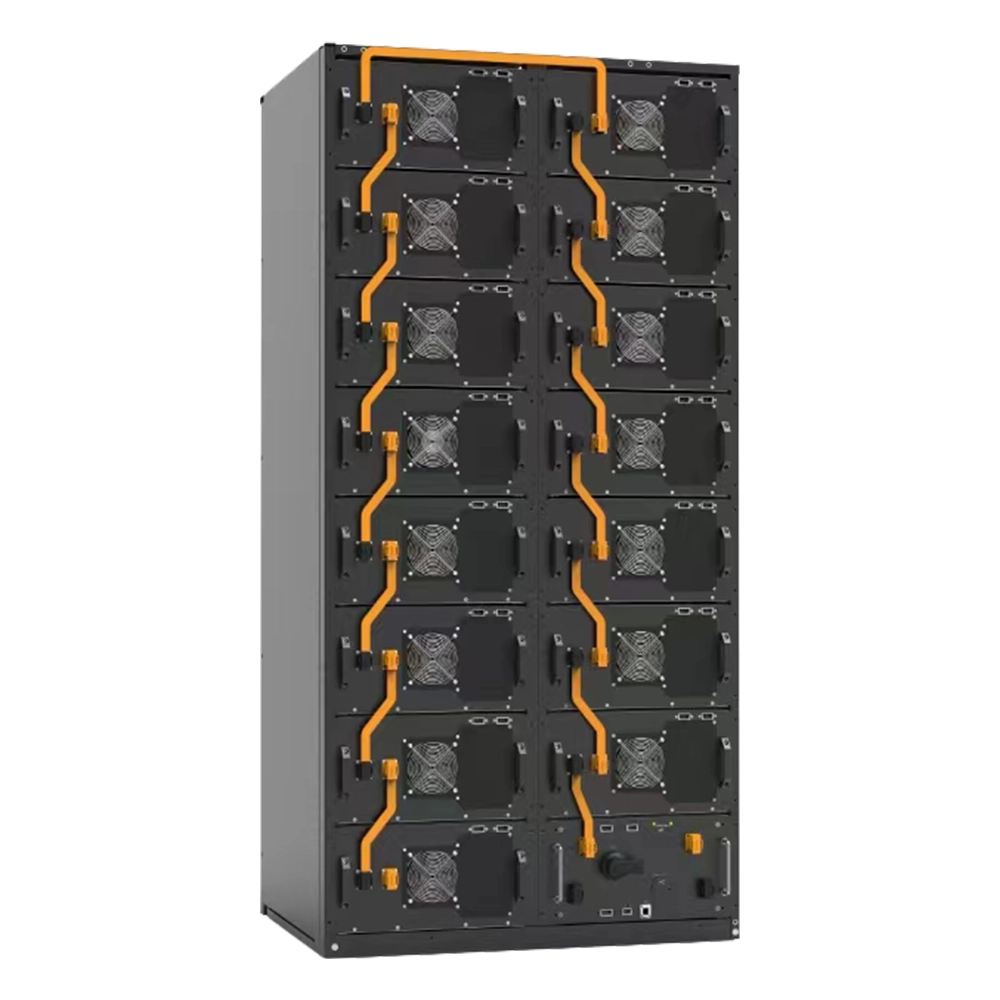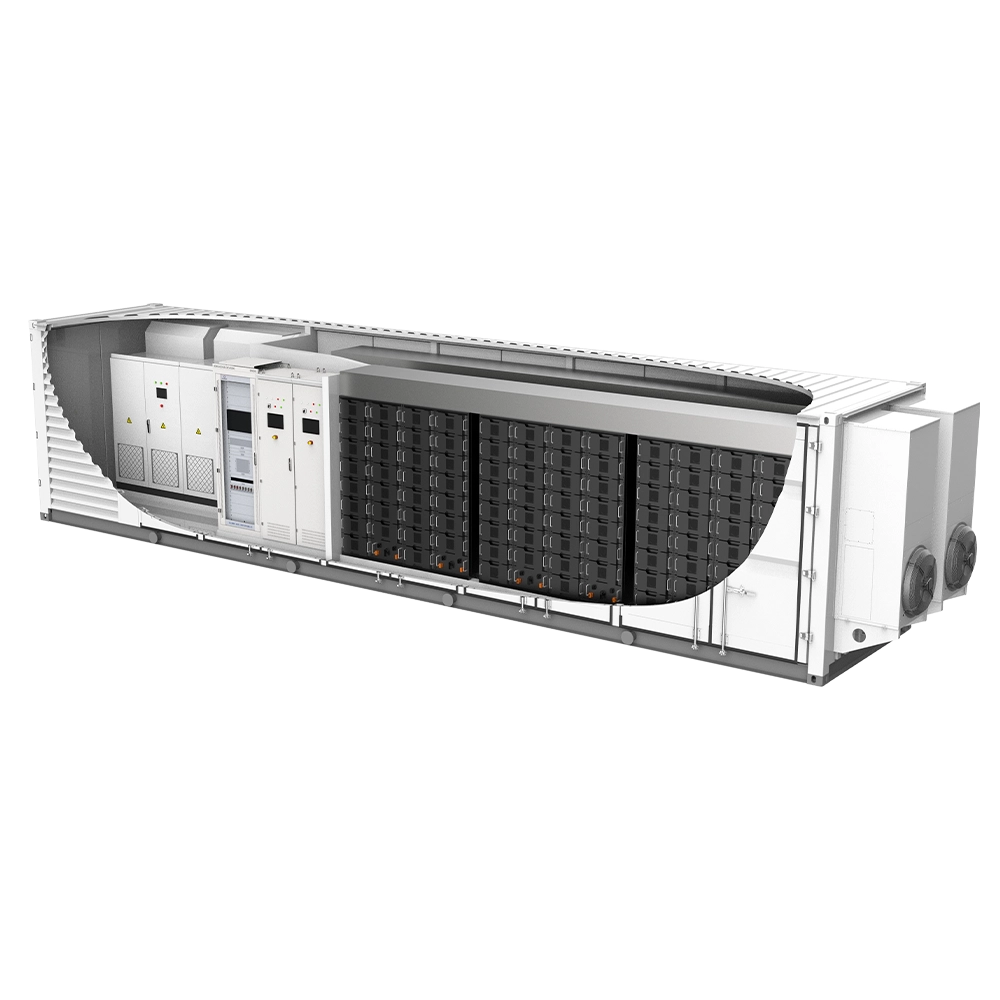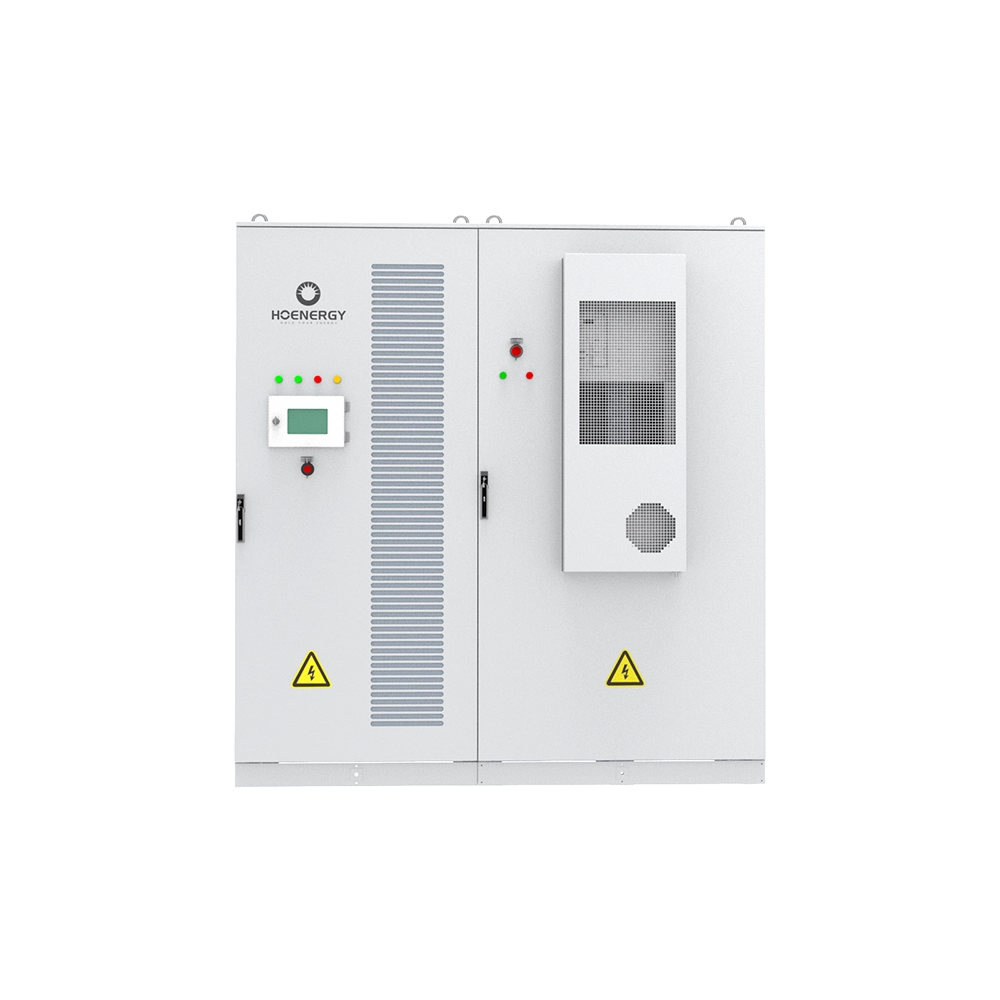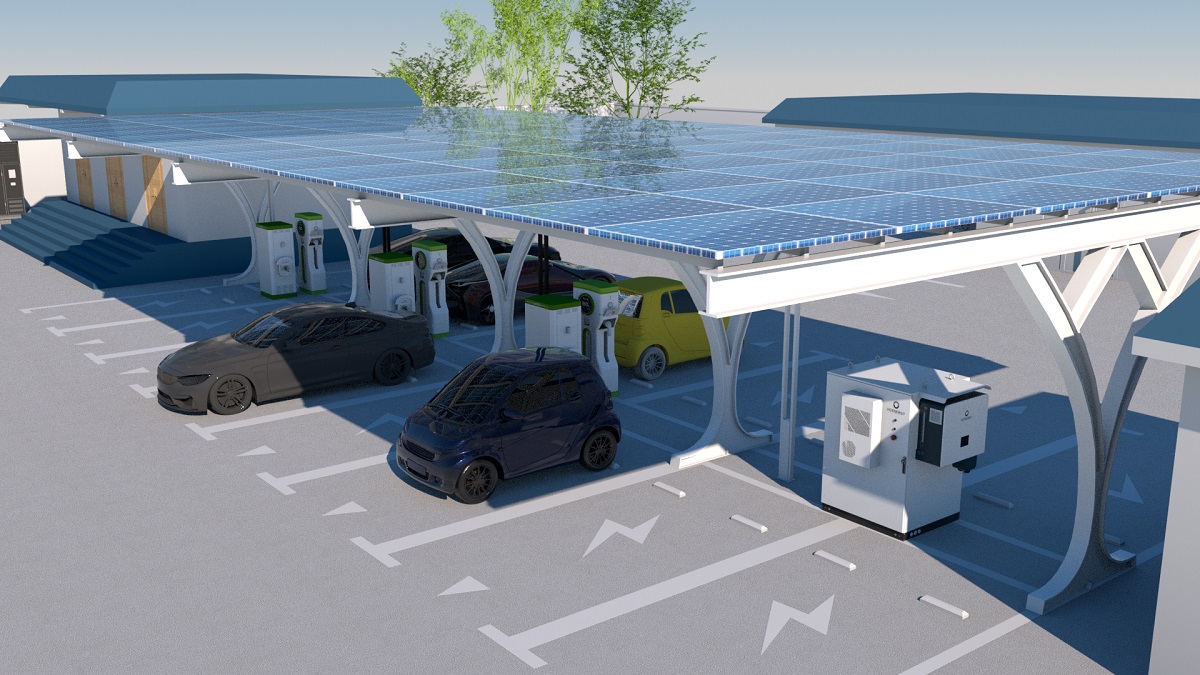Introduction
As a typical energy storage technology in the home, batteries provide considerable convenience for our daily lives. However, inappropriate use or handling of batteries may offer safety issues, among which battery explosion is a severe concealed danger. Battery explosion may not only inflict bodily injury, but also create fire and lead to property loss. Therefore, it is vital for every family to understand how to use batteries properly and take adequate steps to decrease the risk of explosion.When discussing the safe use of household batteries, we will focus on the correct charging, storage and handling procedures of batteries. In addition, we will also address the emergency actions to be done when meeting battery failure, and how to recognize and avoid using inferior batteries. These steps will help to reduce the possibility of battery explosions, guarantee family safety, and promote the environmentally friendly use of batteries.

Categories of household batteries
Different kinds of household batteries have different properties and applications:
Often found in toys, flashlights, and remote controls are alkaline batteries.Lithium-ion, or Li-ion, batteries are found in laptops, cellphones, and other rechargeable electronics.Rechargeable home products including cordless phones and power tools use nickel-metal hydride (NiMH) and nickel-cadmium (NiCd) batteries.Primary lithium batteries are found in stuff like smoke detectors and cameras.
Factors behind battery explosions
A battery that is charged too long or at too high a voltage builds up a lot of heat inside, which can result in dendrite short circuits and further increase in battery temperature and pressure.
Short circuit When the battery diaphragm is damaged during use by outside influences or internal material issues, internal heat builds up and a short circuit results.
A battery may experience thermal runaway—that is, an uncontrollable exothermic reaction within the battery—if it is used in a high-temperature environment or has inadequate heat dissipation.
Mechanical abuse An internal short circuit and structural damage may result from hitting, squeezing, or puncturing the battery.Electrical abuse includes, among other things, overcharge, overdischarge, high current or low temperature charging, and external short circuits.
When the battery is operated in a high temperature environment, such as heating, exposure to the sun, etc., it may cause the battery temperature to be too high and cause thermal runaway. Design and production flaws When using a battery, misuse of the battery or flaws in the production process could be dangerous.
Chemical and material issues,Unusual responses during charging or discharging of the battery may result from the battery’s unstable chemical composition or material quality issues.
Using non-original chargers, charging batteries for too long, battery aging, etc., can raise the possibility of battery explosion.
Safety characteristics of batteries
The battery should be able to remain stable under overheating conditions to avoid thermal runaway. Thermal runaway is the runaway of the chemical reaction inside the battery, which causes a sharp rise in temperature and may cause fire or explosion. The battery should be able to withstand certain mechanical shock and vibration without short circuiting or rupture. The battery should remain safe under electrical abuse conditions such as overcharge, over discharge or short circuit. The electrolyte and other chemicals of the battery should be stable enough to prevent reactions under extreme conditions.
The separator inside the battery should prevent direct contact between the positive and negative electrodes while allowing lithium ions to pass through. The temperature resistance and chemical resistance of the separator are critical to battery safety. The BMS can monitor the status of the battery, prevent overcharge, over discharge, and take measures to protect the battery when abnormalities are detected. Design and manufacturing quality,The design of the battery should take safety into consideration, including measures to prevent internal short circuits and overheating, as well as high-quality manufacturing processes.Environmental adaptability The battery should be able to operate safely within a certain temperature range, including high and low temperature environments. Life and aging management The safety performance of the battery may deteriorate during long-term use and aging, and proper management and maintenance are required. Batteries should have certain fire and explosion-proof designs to reduce risks in extreme situations
Precautions for safe use of batteries
Use chargers designed for specific types of batteries. Unplug the device after fully charging to avoid overcharging. Do not leave charging devices unattended, especially overnight. Store batteries in a cool, dry place away from direct sunlight and heat sources. Place batteries in their original packaging or battery case to prevent short circuits. Do not mix old and new batteries or different types of batteries in the same device. Replace batteries as soon as they show signs of damage or excessive wear. Watch for warning signs such as unusual heat, swelling, leakage, or odor. Immediately stop using any device that shows these indicators and remove the battery as carefully as possible.

Conclusion
Household batteries are safe when used carefully and properly maintained. However, they do pose certain hazards if used inappropriately. By understanding how batteries function, why they explode, and proper usage rules, we can successfully limit these hazards and assure family safety.

